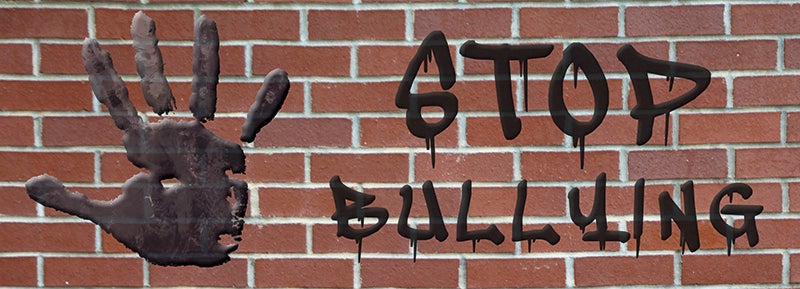Editorial: Effects of bullying can have long-term impacts
Published 8:16 pm Tuesday, October 20, 2020
|
Getting your Trinity Audio player ready...
|
It can happen anywhere — in the classroom, in the hallway, in the bathroom, outside on school grounds or before or after school on the school bus. It can also happen outside of school at other places in the community or at any time of day online.
According to the National Center for Educational Statstics, one out of every five students last year reported being bullied.
Of the students who reported being bullied, 13% were made fun of, called names or insulted; 13% were the subject of rumors; 5% were pushed, shoved, tripped or spit on; and 5% were excluded from activities on purpose, the organization stated.
Bullying is classified as any “intentional behavior that hurts, harms or humiliates a student, either physically or emotionally,” PACER’s National Bullying Prevention Center states.
Not only does it have short-term effects on the person who is bullied, but studies show it can also have long-term effects — not only for the person who is bullied, but also for those who witness it.
According to the Centers for Disease Control and Prevention, students who experience bullying have an increased risk for sleep difficulties, anxiety and depression, and can experience negative effects on relationships, self-esteem and physical health.
They are more likely to experience low self-esteem and isolation, perform poorly in school, have few friends in school and have a negative view of school.
Witnesses of bullying are found to be more likely to use tobacco, alcohol or other drugs; have increased mental health problems; and miss or skip school.
All of these impacts can greatly affect a young person’s direction both during and after they leave high school.
This month during National Bullying Prevention Month, we shine a light on this issue and encourage people at all levels to do whatever they can to to educate themselves and others about the effects it can have and to promote kindness, acceptance and inclusion.
Bullying behavior often starts at home, as well as out in the community. What our children are learning outside of school is being translated into the classroom, and must be stopped.
Take time to teach your children about how to treat others — not only through your words but through your actions year-round as well.
Remember the old adage “treat others how you would like to be treated,” and treat others with kindness.
And always remember that what you do today can have a lifelong impact on someone else.



